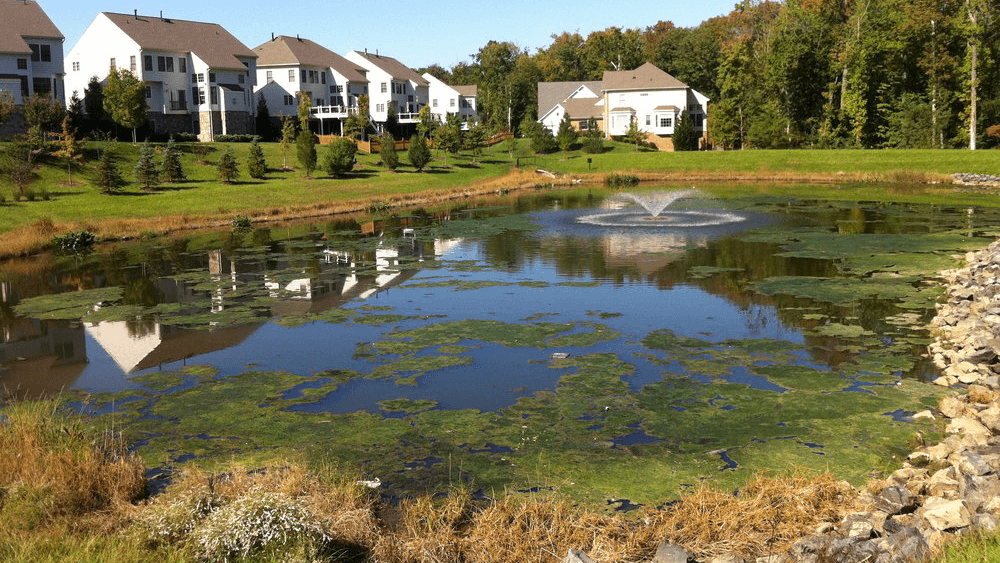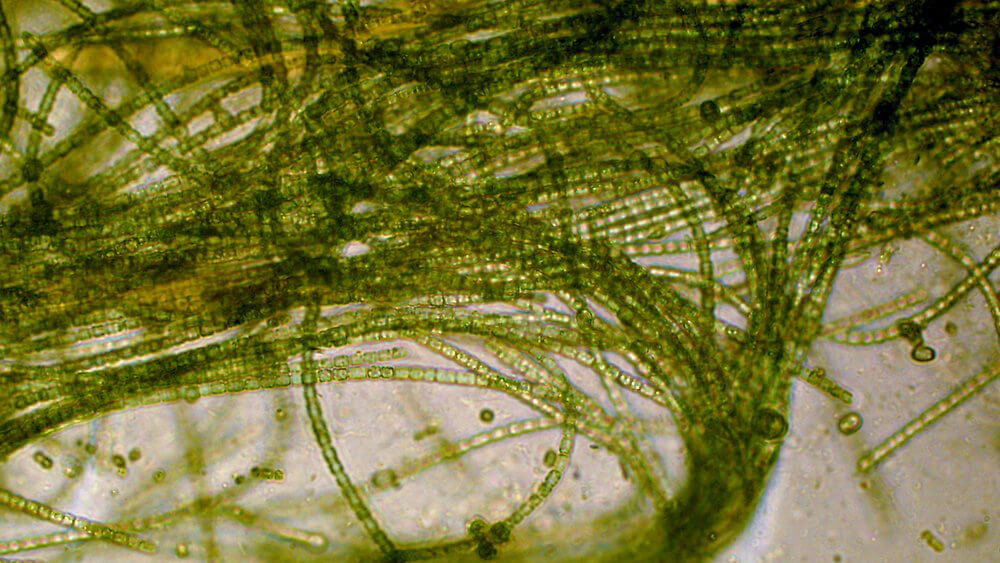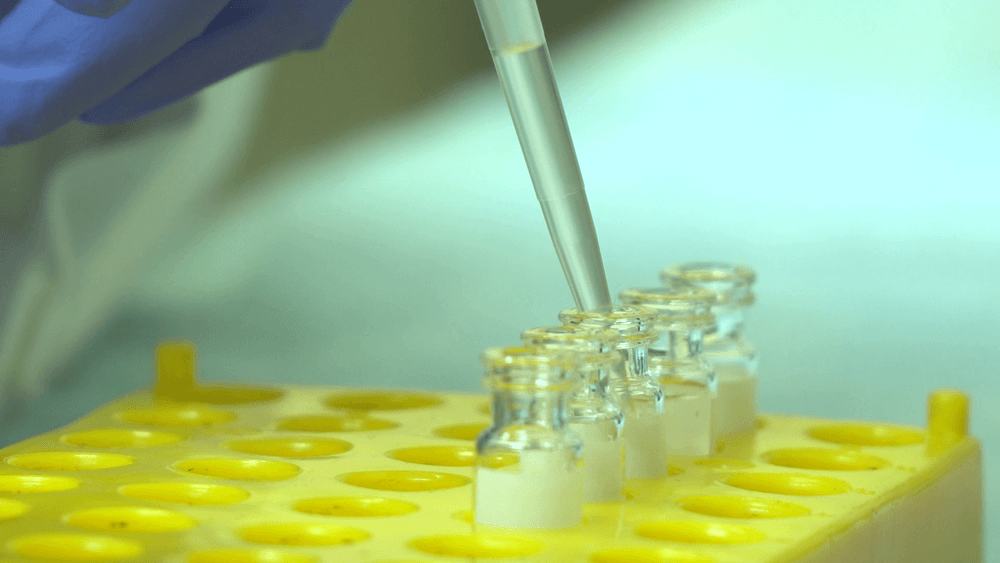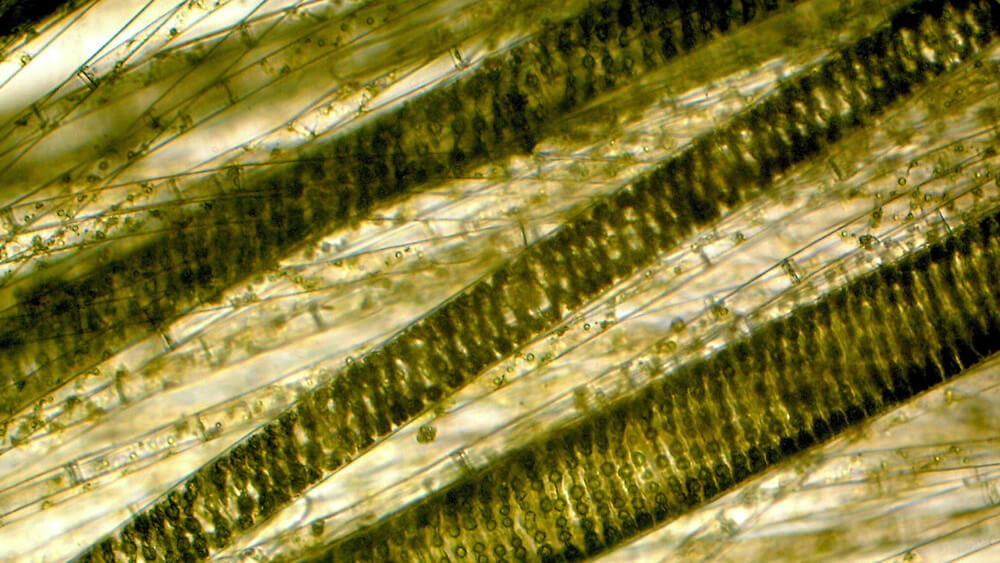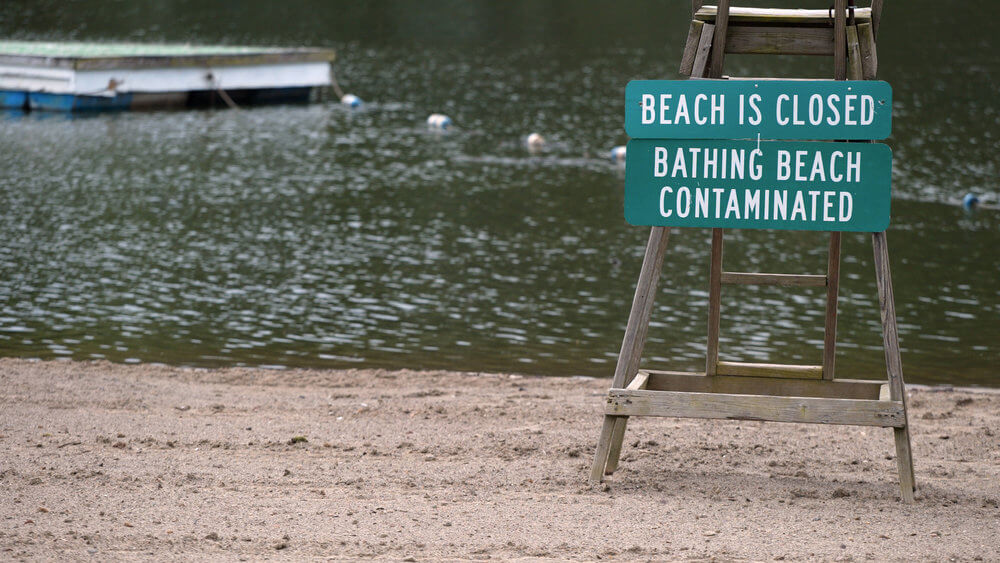Algae Corner: The Power of Peroxide with PAK 27
PAK 27 is designed to control bacteria and nuisance algae in your pond or lake. Today we’ll cover what makes this peroxide-based product unique and how it works to the benefit of your aquatic ecosystem. We’ll also discuss the many use cases for this method of control.
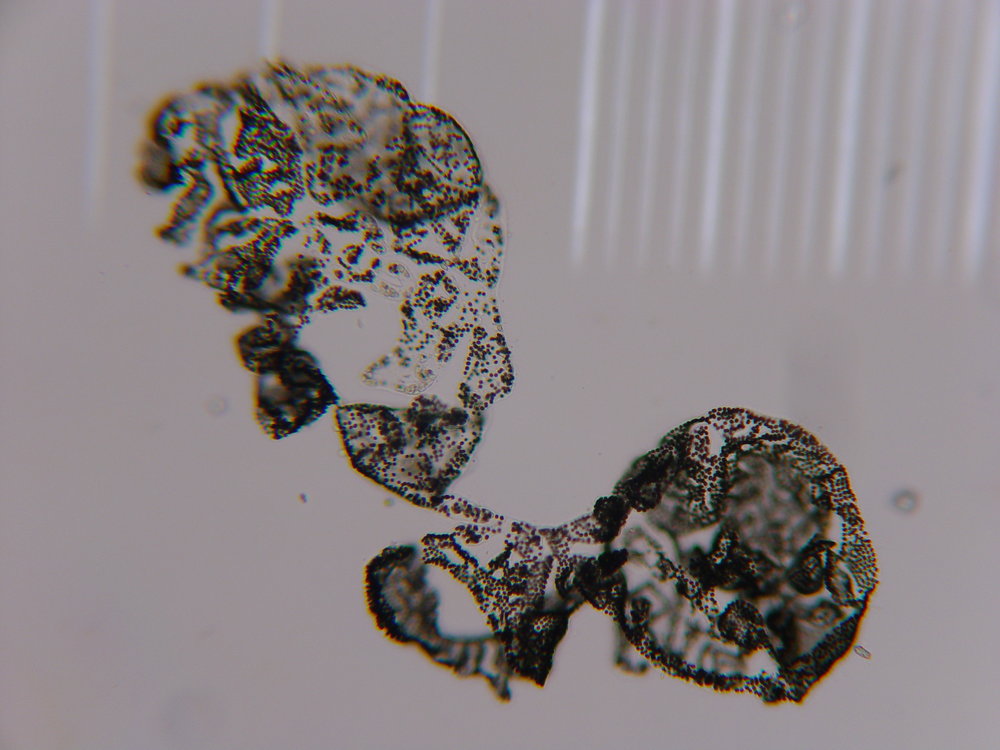
Algae Corner: SePRO Laboratory Services Overview
Want to get Updates? Get the latest news by subscribing to our channel:
Good day, ladies and gentlemen. I'm Dr. West Bishop with SePRO Corporation, and welcome to the Algae Corner! We have a very exciting episode today about controlling nuisance algae. Specifically, we're going to cover a very unique product called PAK 27. We’ll talk about how we harness the power of peroxide to control nuisance algae and bacteria in your water.
The Power of Peroxide
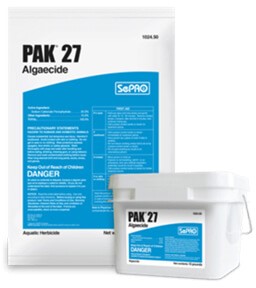
What is PAK 27, and what makes it work? Think of this like the “magic stain remover” you use to save your favorite shirt. You put it in your washing machine and it takes out those stains. Peroxide can actually do a similar thing in your pond or water body. It can remove those nuisance algae and bacteria from your system. A lot of people already use peroxide to treat bacteria. You might put it on a cut, for example, to kill the bacteria on your skin.
Peroxide for Bacteria and Algae Control
Our version of peroxide, PAK 27, is designed to control nuisance cyanobacteria and other bacteria, and some other forms of nuisance algae in your pond or lake. So, how does it work? Often, immediately after applying PAK 27, it starts to bubble and fizz. You can start to see it working immediately after you apply it.
During this process the algae and bacteria cells actually oxidize. It causes the algae to break apart and become unstable. The peroxide works very rapidly to control the nuisance algae, but then it quickly breaks down into oxygen and water.
We can be very selective to killing bacteria and cyanobacteria in water with low-use rates of PAK 27 because they're highly susceptible to this peroxide-based product. Some green algae have enzymes like ascorbate peroxidase to break down these hydroxy free radicals and make them less sensitive.
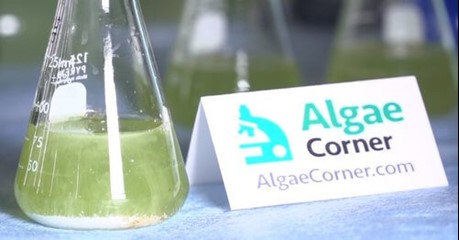
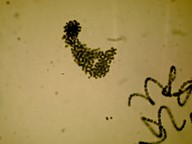
So when using PAK 27, these good green algae can still grow to produce oxygen, and move up the food chain to grow big fish. It’ll also give them a chance to outcompete those nuisance blue-green species for nutrients.
A Versatile Tool for Many Sites
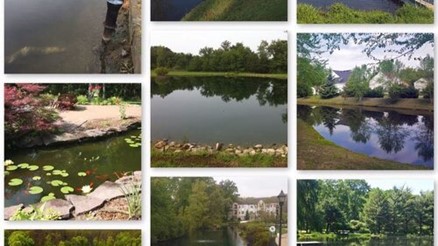
PAK 27 is widely approved for use in many sites. It can be used in lakes and ponds, drinking water reservoirs, irrigation systems, conveyance canals, ditches, laterals, estuaries, bayous, lagoons, water features, water gardens, wastewater, aquaculture, the sky's the limit. So it’s a very versatile product, and a very effective product on many types of algae. Specifically, it does a great job on those nuisance, noxious, toxin-producing cyanobacteria.
PAK 27 can restore issues in drinking water by targeting the culprit of that toxin in taste and odor production. In fact, PAK 27 is widely used in drinking water, and it was developed primarily for that use. By using it in drinking water, again, you kill that source of those nuisance compounds and rapidly restore that water resource.
Safe for Drinking Water & Organic Production
PAK 27 is NSF and ANSI Standard 60 Certified for use in drinking water reservoirs. This means you can use PAK 27 up to the maximum application rate in these drinking water reservoirs, lakes, or impoundments used as a source for drinking water without any negative issues to the drinking water plant or to human health.
In addition, this certification means that a lot of effort goes into the manufacturing process. All production facilities are able to produce a product that is in accordance with the Water Quality Association for this NSF certification. Additionally, PAK 27 is OMRI accredited, meaning it can be used in ponds or irrigation systems destined for organic production of vegetables, fruits, or even livestock.
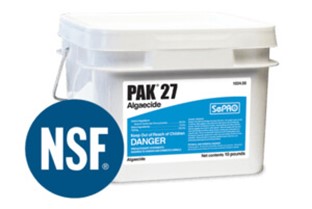
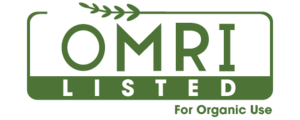
Summary
In summary, PAK 27 is a key part to many pond and water resource management programs. It is a non-copper alternative algaecide. It can selectively control those toxic, noxious cyanobacteria. These are the toxin producers and taste and odor compound producers.
It’s a safe option for trout and koi and other sensitive fish species. There are no water use restrictions on the label with PAK 27. You can readily use it for irrigation, recreation, and in drinking water reservoirs.
It's NSF approved for use in drinking water and OMRI certified for use in organic production. It can also be integrated with other SePRO algaecides as a more broad-spectrum tool for enhanced control of some of those really tough algae that we'll talk about in future episodes.

